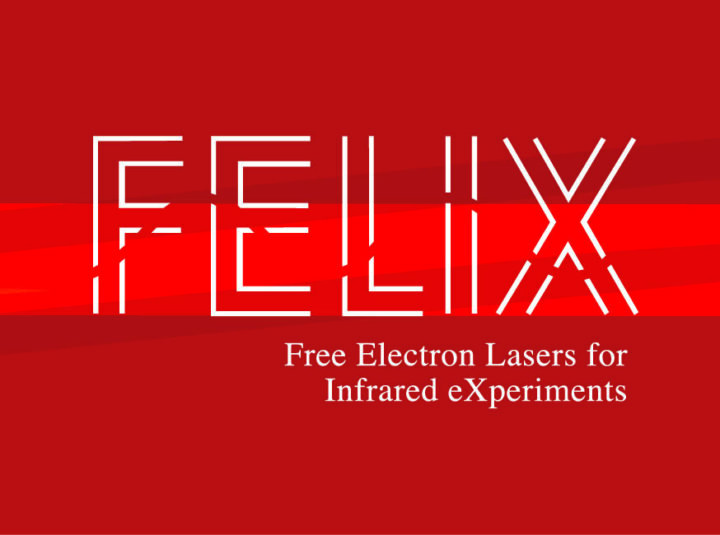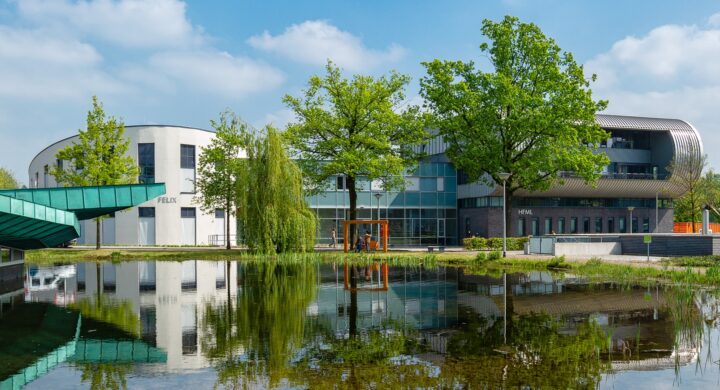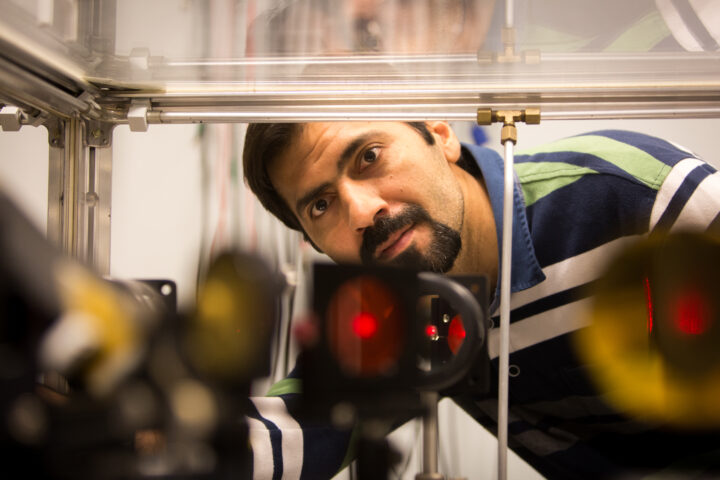FELIX
Toernooiveld 7c
6525 ED Nijmegen
Netherlands

About FELIX
Radboud University Nijmegen was established in 1923. It is a broad, international, student-oriented research university. It has currently seven faculties with more than 5.000 employees and enrols almost 20.000 students. Radboud University operates a number of large scale research facilities including the High Field Magnet Laboratory (HFML) and the FELIX Laboratory.
The FELIX Laboratory is within the Faculty of Science embedded in the Institute for Molecules and Materials and focuses on the development and exploitation of advanced infrared and THz sources. It comprises a number of groups with complementary expertise in the application of infrared and THz radiation e.g. (bio)molecular physics, solid-state physics and soft condensed matter.
The FELIX Laboratory exploits intense, short-pulsed infrared and THz free-electron lasers that are used for the research of matter both by in-house as well as national and international external users. The four lasers FELIX-1, FELIX-2, FELICE and FLARE each produce their own range of wavelengths and together, they provide a tuning range between 3 and 1500 µm.
The infrared radiation of the FELIX lasers interacts with molecules and materials. This can reveal detailed information about 3D structure, functional properties and electronic properties. The local research program is executed in several groups: FELIX Infrared and THz Spectroscopy; FELIX FEL Technology; Condensed Matter Physics and Molecular Structure and Dynamics.
The FELIX Laboratory is a large facility that is open for external users with projects selected by the Programme Advisory Committee. Very regular users maintain their own (more or less) permanent set-ups which may also be used by external users.


